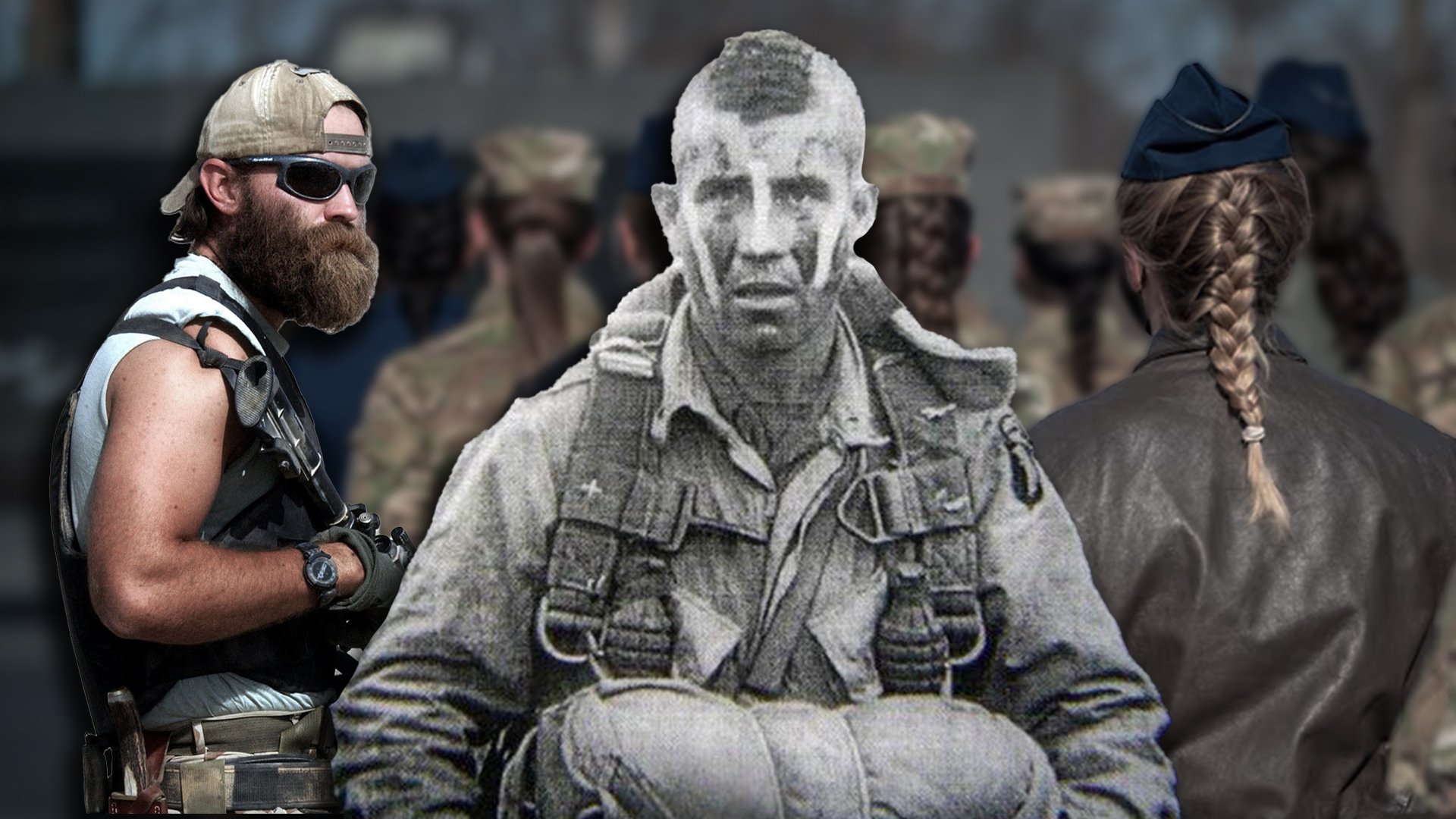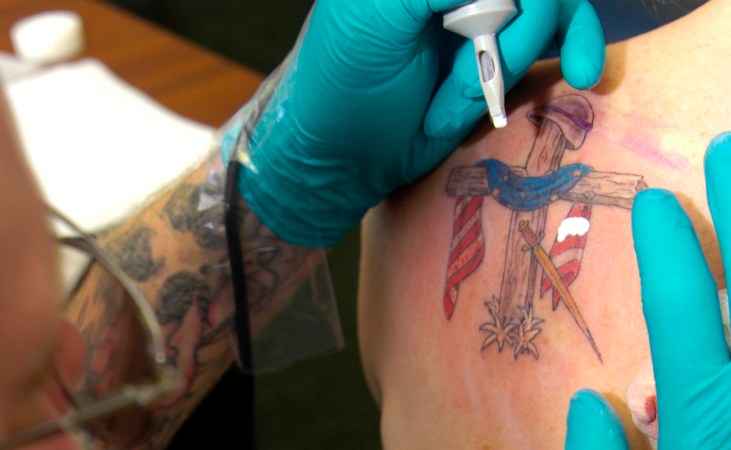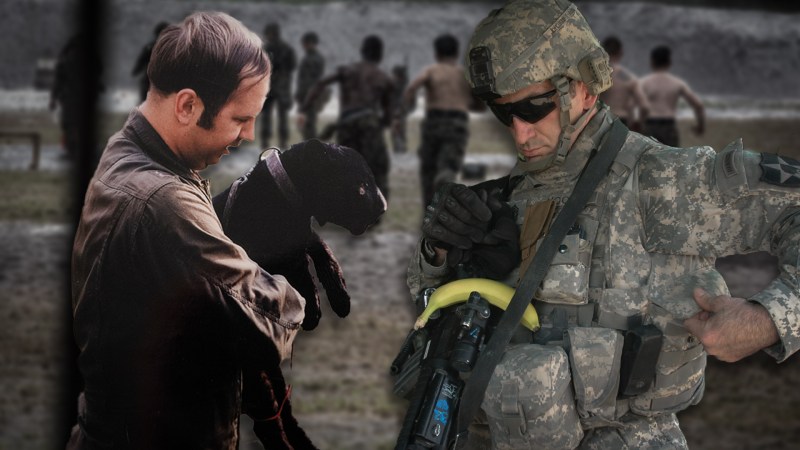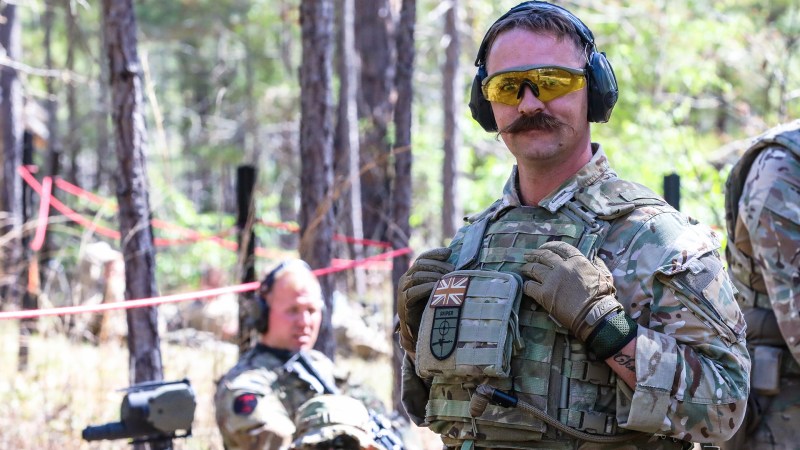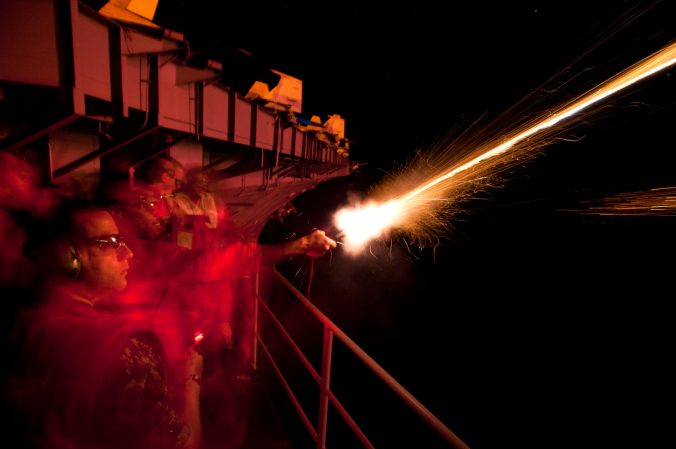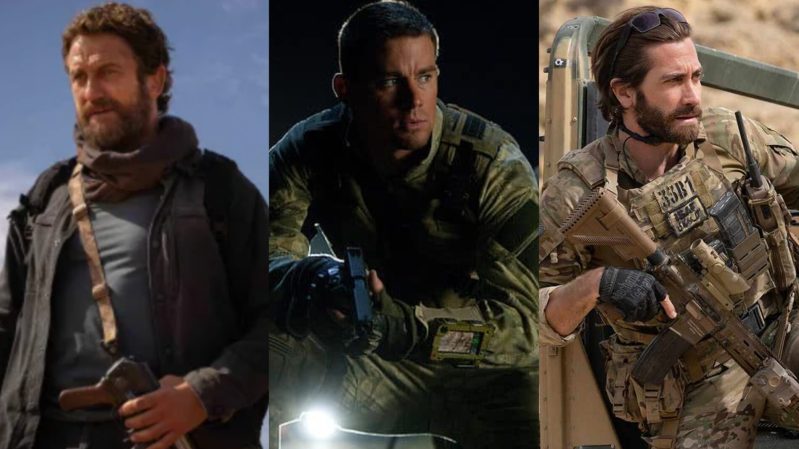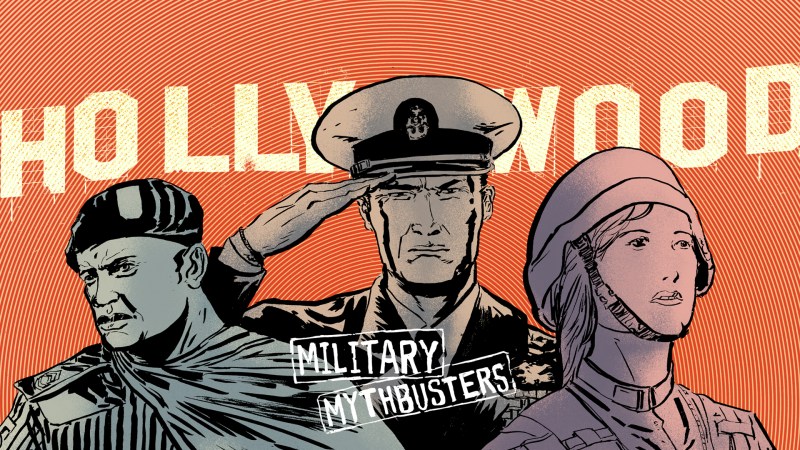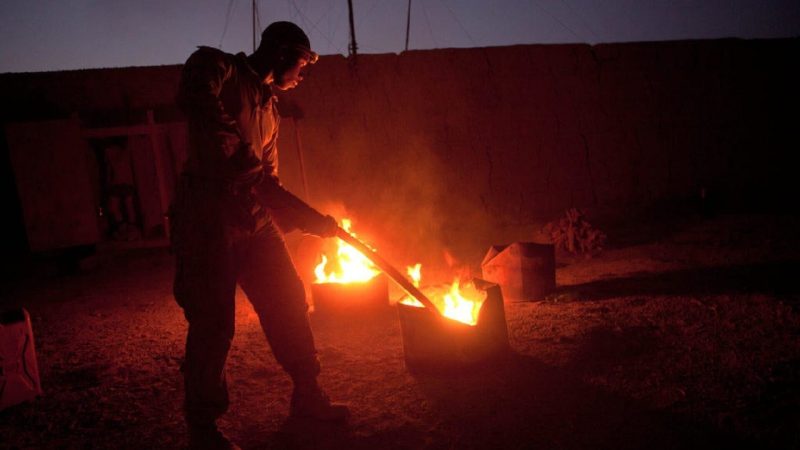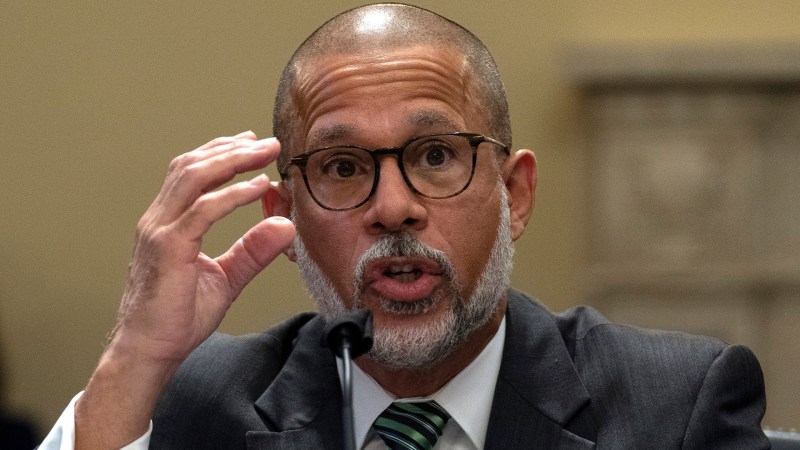Ever since the American military was established, grooming standards have ebbed and flowed with changes in uniform and broader cultural norms over the years. Today, the common belief is that a clean-cut hairstyle, no facial hair, and a sharp-looking uniform are signs of discipline.
Those folks probably didn’t ask this operator:
More recently, the military has been making moves to better embrace different religions, cultures, and races. However, beards are still not allowed, generally speaking. It wasn’t always that way, though.
High and tights
The history of haircuts in the military went from getting a trim while it was available pre-World War I to being mandatory during the war so that a soldier’s gas mask could properly fit. In World War II, paratroopers shaved their heads down to mohawks to instill fear into the enemy during the D-Day invasion of Normandy in 1944.
The high and tight became popular in the years after the Vietnam War ended and reigned supreme for many decades to come. In 1989, Army Rangers jumped into Panama rocking high and tights for Operation Just Cause. The high and tight remained the standard in the 75th Rangers for many years, but when legendary Command Sgt. Maj. Greg Birch became the Regimental Sergeant Major, he told his Rangers to ditch the high and tight and follow the Army’s AR 670-1 hair standards.
Many other service members from the Marine Corps and conventional Army eventually adopted the high and tight, while others sported a standard flat top or stuck to a shaved head.
Now, soldiers, sailors, airmen, Marines, and guardians have some leeway with their hairstyles, but they must adhere to the parameters established by their branch of service’s grooming standards. Each branch has mandatory instructions on hair, facial hair, and uniforms. As an example, the Army has Army Regulation 670-1, while the Air Force has the Dept. of the Air Force Instruction 36-2903.
But, as service members found out over the last two decades at war, maintaining haircuts and facial hair isn’t always practical. This gave way to relaxed grooming standards while deployed for some service members. Every unit had a unique approach to this, but special operations had some of the more notable appearances.
In the early 2000s, America started seeing glimpses of Green Berets sporting long beards and Navy SEALs with long hair. This was further proof that a haircut and a clean-shaven face aren’t always the best choices, depending on the environment you’re fighting in.
Female service members
Women in the military were held to the rigid restrictions of small, tightly wound hair buns. This made combat helmets fit awkwardly and was a lengthy process. The hairstyle wasn’t practical for all types of hair, either.
Former Sgt. Maj. of the Army Michael Grinston and a board of service members enacted the latest updates to the Army’s regulations governing women’s hairstyles and appearance in 2021.
Subscribe to Task & Purpose today. Get the latest military news and culture in your inbox daily.
Female soldiers are now allowed to wear multiple hairstyles at once. They no longer have a minimum hair length requirement, giving them a choice between having hair or not. This is a part of the Army’s overall objective of being inclusive and culturally conscious.
The other service branches followed with similar updates to their hair regulations for women, allowing ponytails to be worn with certain uniforms, though the Navy enacted that change in 2018.
Sailors and beards
Sailors, and not just Navy SEALs, have historically sported beards. But the U.S. Navy did away with beards in 1985, claiming they were unprofessional and problematic for missions. Their move ignored the world’s many different professional navies that allowed their sailors to have beards.
The change in regulation shattered a tradition that spanned 210 of the Navy’s 248 years of existence. Specifically, the Navy believed a chemical mask could not be effective when worn over a beard.
A study conducted by Simon Fraser University in 2018 revealed that pilots with beards up to approximately 16 inches long were able to maintain an airtight seal on their mask in a simulated cabin depressurization test.
Despite the outpouring of servicemembers’ requests to bring back the beard, leadership across the U.S. military has not provided any hints that they will allow facial hair anytime soon.
Culturally conscious changes
Different hair textures made some longstanding hair regulations difficult and impractical for many service members of color. Former Capt. Thurraya Kent was a member of the Navy board that enacted changes for female hair regulations in 2018.
She previously told the AP that she had a terrifying experience when a senior sailor told her to take her braids out despite it being allowed.
“Because of the texture of my hair, it stood straight up,” Kent said. “It was a very embarrassing moment that stays with you.”
Between the updates to regulations in 2018 and 2021, the military has made several changes that help Black service members. The Army allows soldiers to shave part lines for those who don’t naturally have them. They also made changes to allow Black females to have locs, braids, and twists.
The military has made major changes in recent history to allow service members of all ethnicities to have fewer distractions contending with impractical grooming standards, but there is still room for improvement.
Though beards don’t show any strong signs of returning to the military, service members face problems with Pseudofolliculitis Barbae, commonly called “razor bumps.” This rash-like skin condition develops after shaving and disproportionately affects people of African descent. The condition can affect all ethnicities, but it’s less prevalent among those of Indo-European descent.
That being said, we’re pretty sure male service members from all ethnicities would love to rock a beard in uniform again.
The latest on Task & Purpose
- Air Force special operators must take class before getting shaving waivers
- Camp Pendleton Marines encouraged to fix their own barracks rooms
- 101st Airborne soldiers are first to receive new Next Gen Squad Weapon
- Air Force fires commander of Holloman maintenance group
- Army investigating Nazi imagery on Special Forces patch posted online

